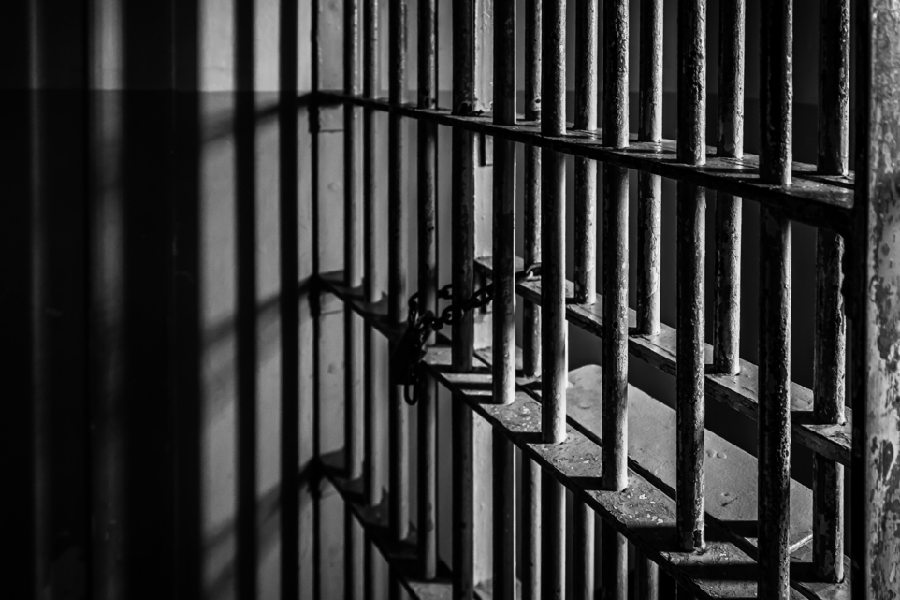 |
 |
| All lit up: Jude Law (top) and Uma Thurman |
Los Angeles, Dec.7: Warning: movies can seriously make you want a cigarette. After years of decline, smoking scenes in Hollywood films, especially those rated for young, impressionable audiences, are back in style.
Those who thought the Hollywood glamourisation of tobacco was over when James Bond gave up his 60-a-day habit should think again.
According to researchers at the University of California at San Francisco, 80 per cent of films rated PG-13 contain smoking scenes. Recent offenders include Anchorman, set in a 1970s television studio, and Ocean’s Twelve, a comedy about a group of glamourous thieves.
Jude Law, the British actor, was singled out over his nicotine addiction in films like Closer, Alfie and The Aviator. Uma Thurman played a seductive smoker in Pulp Fiction. Even Julia Roberts, a sweet-natured romantic lead, was criticised for lighting up, as was Brad Pitt.
Another fact uncovered was that the number of yellow-fingered scenes in all American films is back to levels not seen since the 1950s.
The number of American smokers has halved since the 1950s. In the movies, the amount of tobacco use has gone up from 10.7 “smoking events per hour” in 1950 to 10.9 in 2002. Everything from a character lighting up to a shot of a tobacco advert counts as a smoking event.
According to the study, conducted by Stanton Glantz and Annemarie Charlesworth, and published in the December issue of Pediatrics, on-screen smoking causes 390,000 teenagers a year to try their first cigarette. That is half of all new teenage smokers.
“Adolescents who see a lot of smoking in the movies are more likely to start smoking themselves,” said Glantz, who reviewed more than a decade’s data for his report. Health researchers have long urged an R-rating for films that depict smoking.
The Motion Picture Association of America disputes the findings, quoting industry statistics that show only about half of PG-13 rated films over the past two years include smoking scenes.











